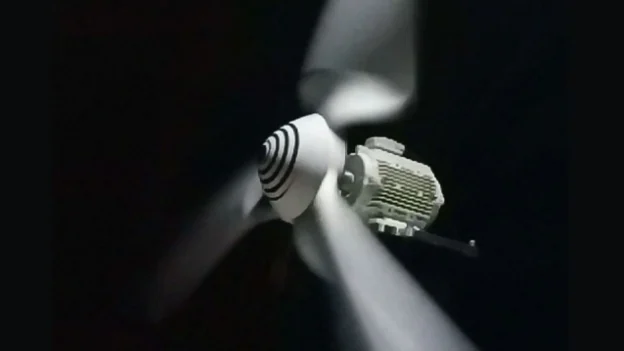A team of researchers from the Fraunhofer Institute for Applied Polymer Research(IAP), together with the BBF Group, have designed a lightweight wind turbine that starts operating at wind speeds as low as 2.7 meters per second.
The creation of a lightweight wind turbine
This prototype was specifically designed for areas where light winds prevail, this new system becomes a viable technology for homes, SMEs or emergency facilities seeking energy independence.
The performance strategy lies in its blades made of fiber composite materials without a foam core, which reduces overall weight by up to 35%. These blades, hollow inside, are manufactured from fiber strips arranged in an automated manner and cured with resins. This process ensures greater dimensional accuracy and structural strength without the need for complex control mechanisms.
The manufacturing mold was developed using large-format large-format 3D printingThis made it possible to adapt its shape to the aerodynamic requirements of the rotor. In addition, the laminated structure of the blades allows them to flex in strong gusts of wind, reducing the rotation speed in a natural way and avoiding overloads.
With an output power of up to 2,500 watts and an efficiency of 53%, this small wind turbine outperforms conventional models by 83% under similar conditions. In addition, its ability to generate electricity under real-world conditions positions it as a solid alternative for those seeking to implement wind energy without the need for large infrastructures.
The five prototypes have been installed by the BBF Group at different locations in the Berlin-Brandenburg region. The tests will allow aspects such as installation position and height to be adjusted to maximize performance. In the future, the team plans to implement versions made of recyclable mono-material materials, which would improve the environmental profile of the system.
This development responds to the growing need for solutions adapted to climate-constrained environments. With a holistic approach ranging from aerodynamic design to intelligent manufacturing, the joint work of Fraunhofer IAP and BBF Group marks a relevant technical evolution in the field of locally applied renewable energies.
Source and photo: Fraunhofer IAP

